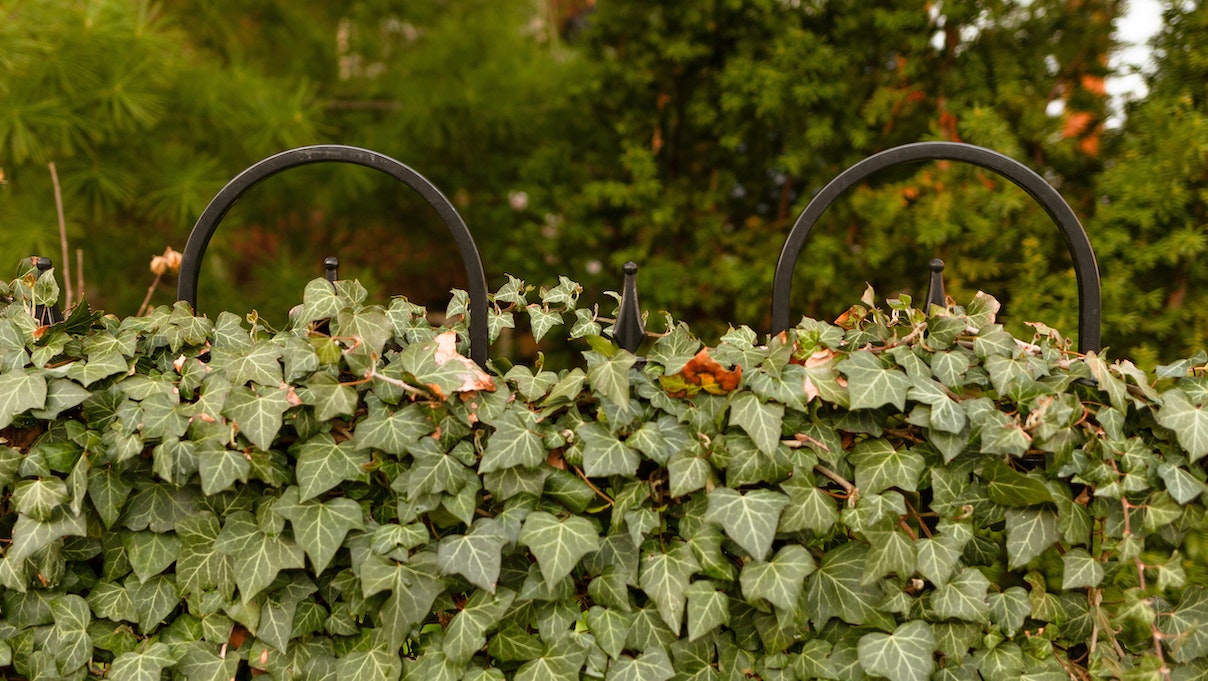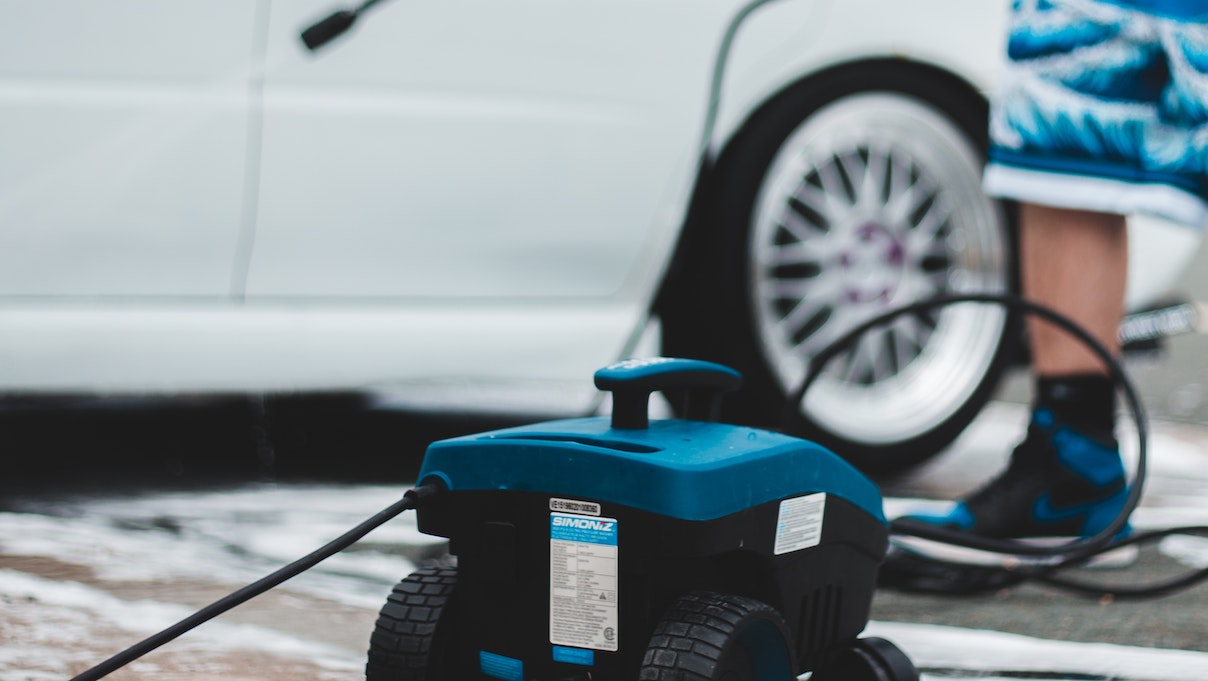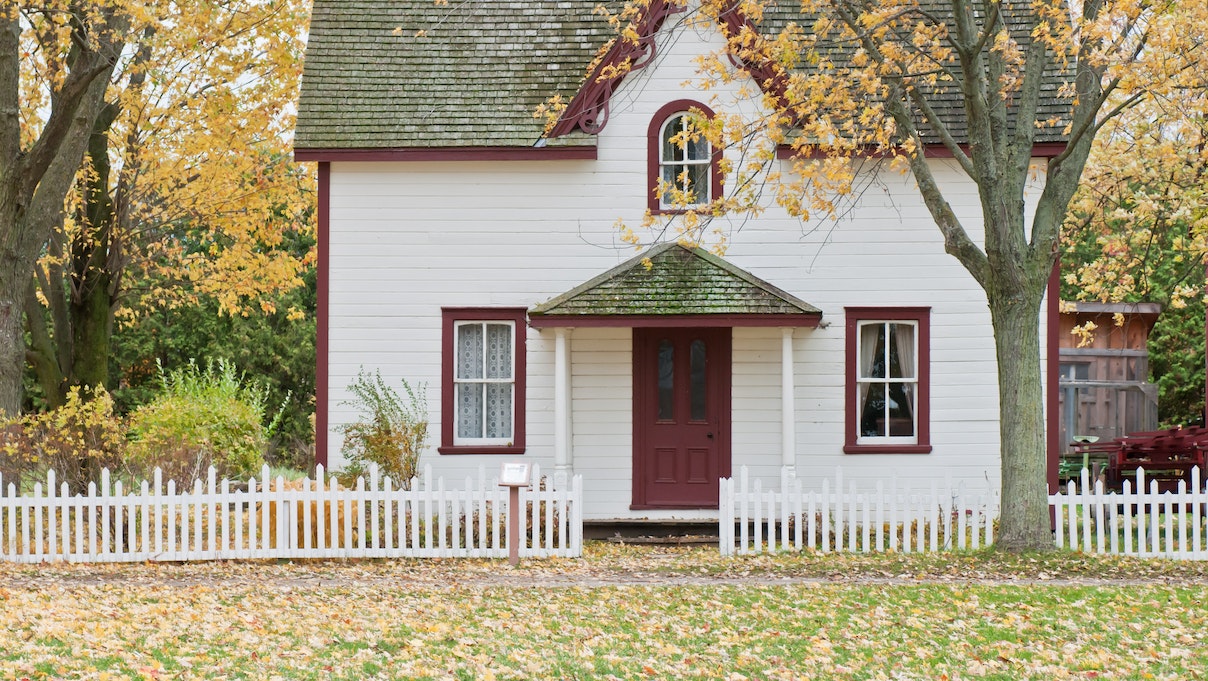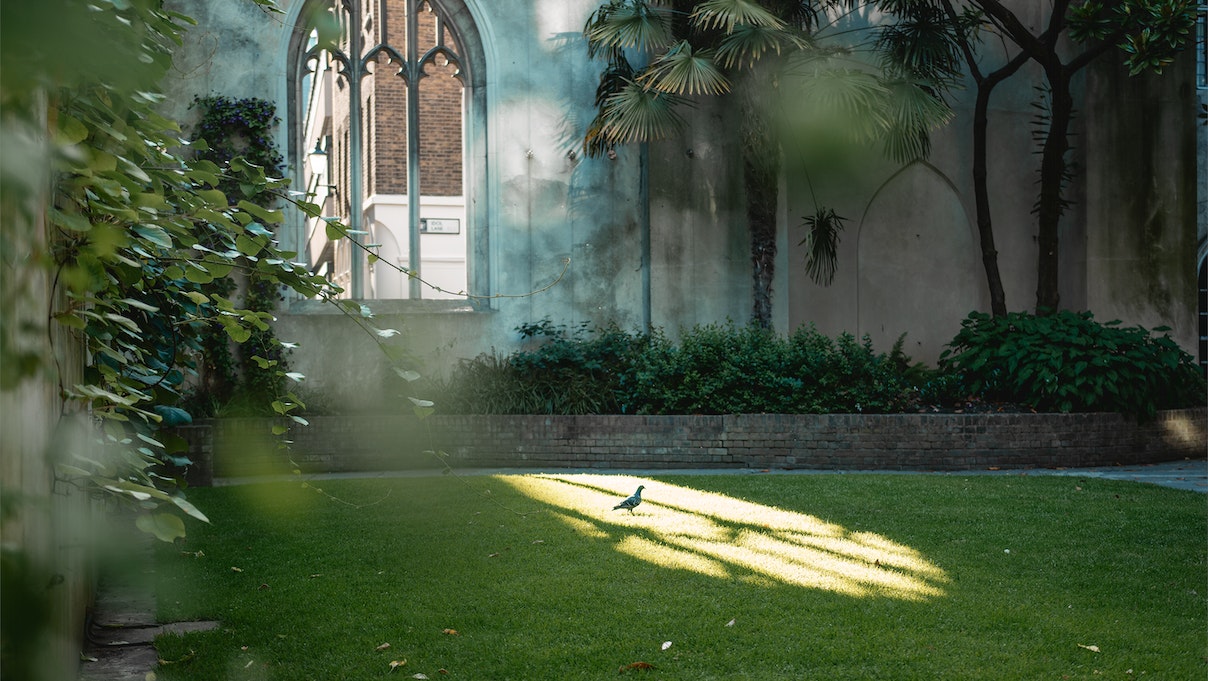Installing edging in your yard is an efficient way to provide a defined line for your paths. Aside from restricting the patio and pathway materials inside their bounds, the chosen edging material can also enrich the landscape design by introducing color, form, and texture. Our tutorial will introduce you to several edging styles and provide step-by-step directions for installing edging in your yard.
How to Install Edging
Brick: Brick can be laid in a concrete base to strengthen its stability. Brick can be laid in a variety of designs, such as soldiers (upright and on edge), sailors (flat along the edge), or angled.
Poured concrete: Poured concrete can be colored to complement or contrast with the pavement material, and it can also be textured.
Plastic and steel: Spikes anchor flexible plastic edging to the ground, allowing it to fit practically any curve. Steel edge restraints are recommended for precast pavers and whenever the edging material needs to be restrained without the constraint being evident.
Wood Edging: Use only wood edging made of naturally resistant species or pressure-treated stock that is rated for ground contact. To disguise the stakes, backfill the margins with topsoil.
Stone: Both flagstone and cut stone work well as edging, particularly for wide walkways. You can buy precut stones or cut your own pieces from paving stones. Keep the width consistent while cutting your own so that the stones don’t look mismatched.
Precast Edging: Many manufacturers produce precast edging or tiles that complement paver patterns. They are available in straight or curved shapes, with many including sculpted motifs. You can also use precast bricks as borders for planting beds on their own.
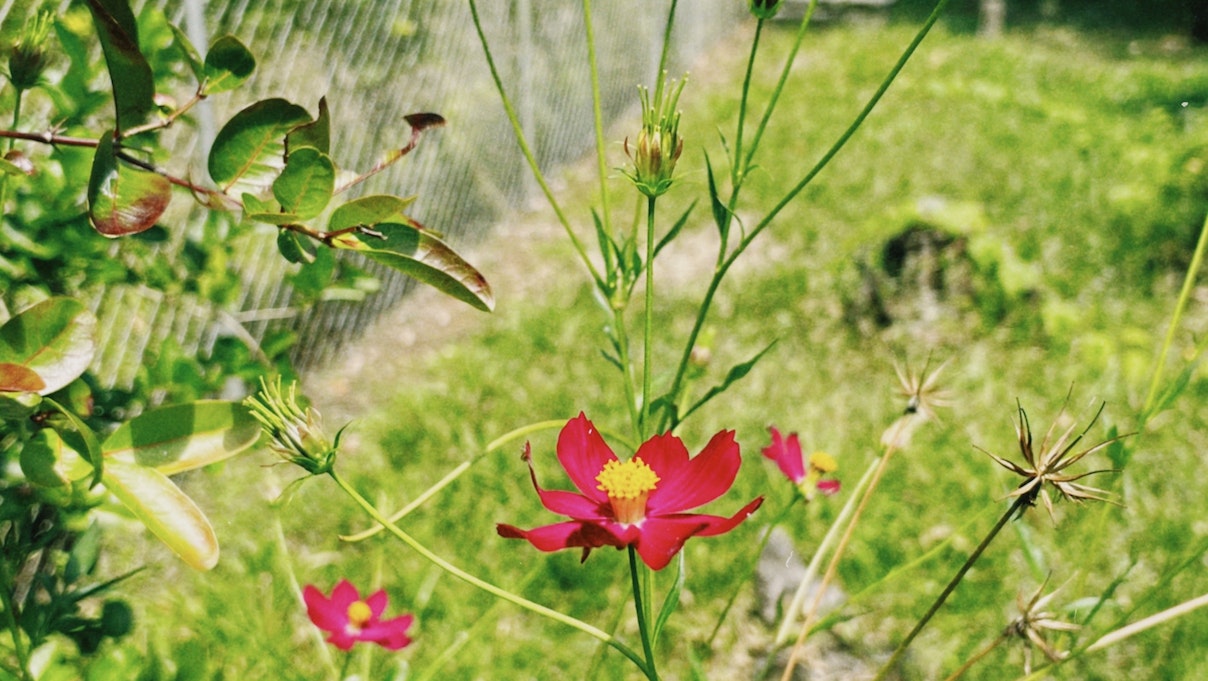
How to Install Brick Edging
Prepare the site by marking the layout and digging it to the appropriate depth for your chosen materials. Drive 2×4 stakes into the ground every 3 to 4 feet. Secure 2x forms to the stakes below the surface level, and lay down the gravel base, followed by the sand base, which should be compacted. Place the brick edging, while setting one or two rows of pavers as you progress. Finally, fill the edges of the site with soil.
How to Install Flagstone Edging
To begin, mark out the spot and excavate it to the required depth. Spread and crush the gravel base well. The edging should then be positioned to follow the contours of the area and secured with landscape spikes through the tabs. Before backfilling the trench, tamp the sand bed and lay the paving material.
How to Install Timber Edging
Begin by marking out the area and excavating it to the depth required by local codes, taking into account the combined thickness of the gravel and paving material, as well as the width of the timbers. Next, predrill the 4×4 or 6×6 landscape timbers at 3-foot intervals for 1/2-inch rebar. Spread the gravel and place the timbers on top of it along the edges of the excavation. Drive the rebar through the gravel into the soil, ensuring that the timbers are secured in place. Then, spread and tamp the sand before laying the paving material.
How to Stake Curved Edging
Mark the site’s curve with a hose and chalk before digging a trench along it that is deep enough to accommodate the base and paving materials. Place stakes along the trench and cut 1-inch-wide kerfs into 3/4-inch stock to prepare the edging. Make sure the kerf depth is roughly half the thickness of the stock. After securing the edging to the stakes, finish excavating the space. Before laying the paving and edging, spread and compact the gravel.
How to Install a Concrete Curb
Layout the site, taking into account the width of the concrete curbs, then excavate it to the depth that the building codes need. Spread and compact the gravel subbase before installing the staked forms. Concrete is poured, screeded onto the forms, and the edge is finished. Remove the forms, place the pavement and sand, and then backfill the trench after the concrete has dried.
